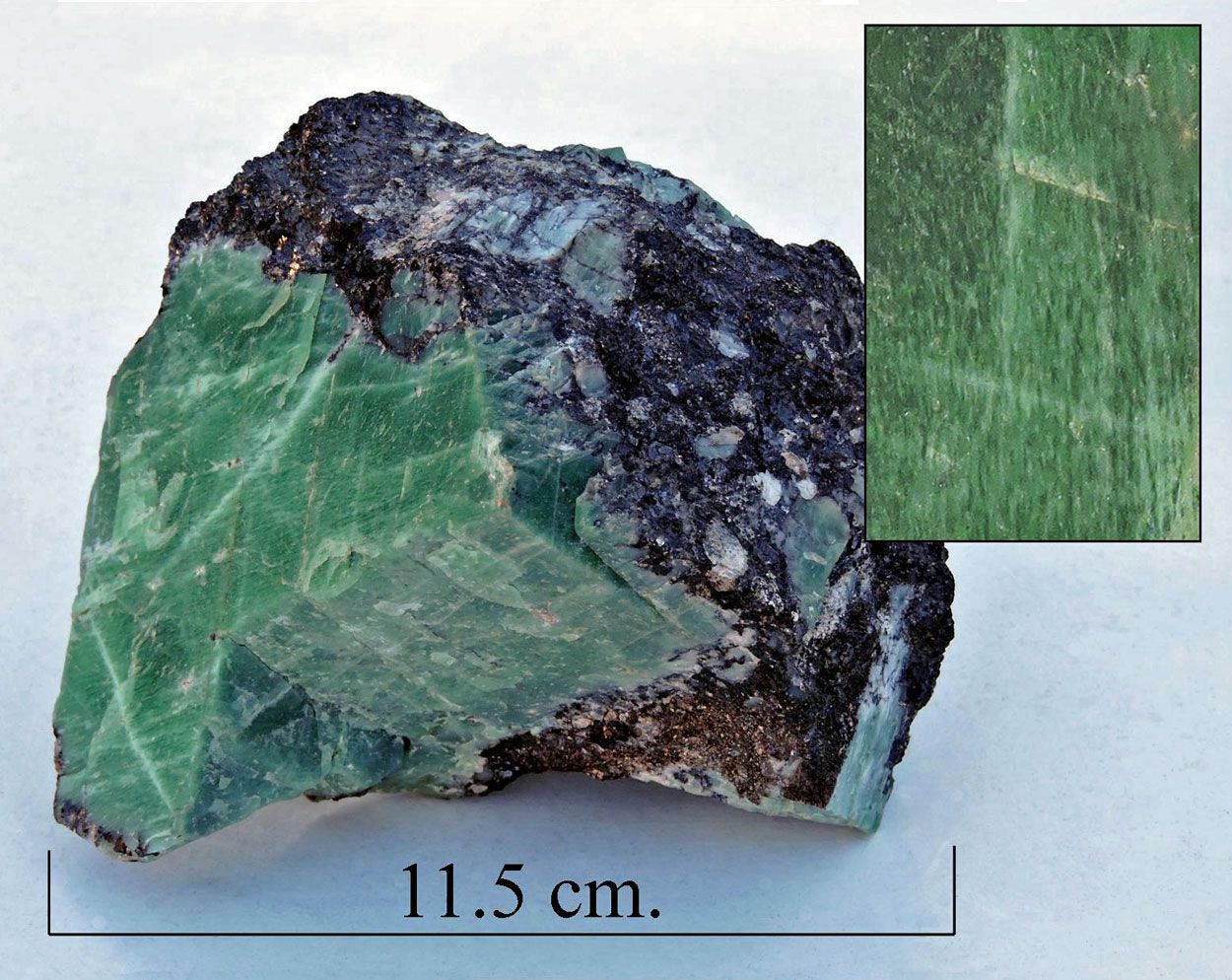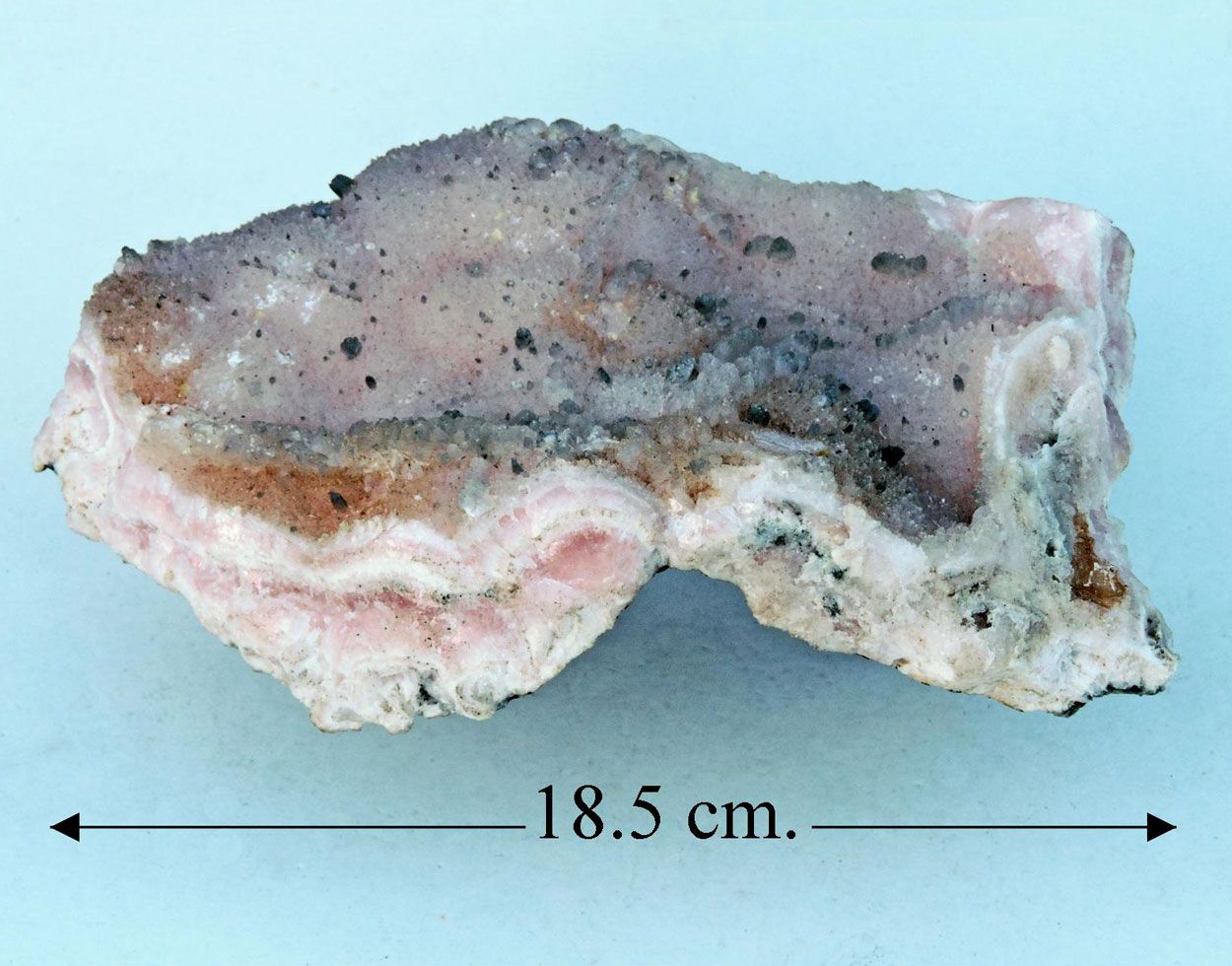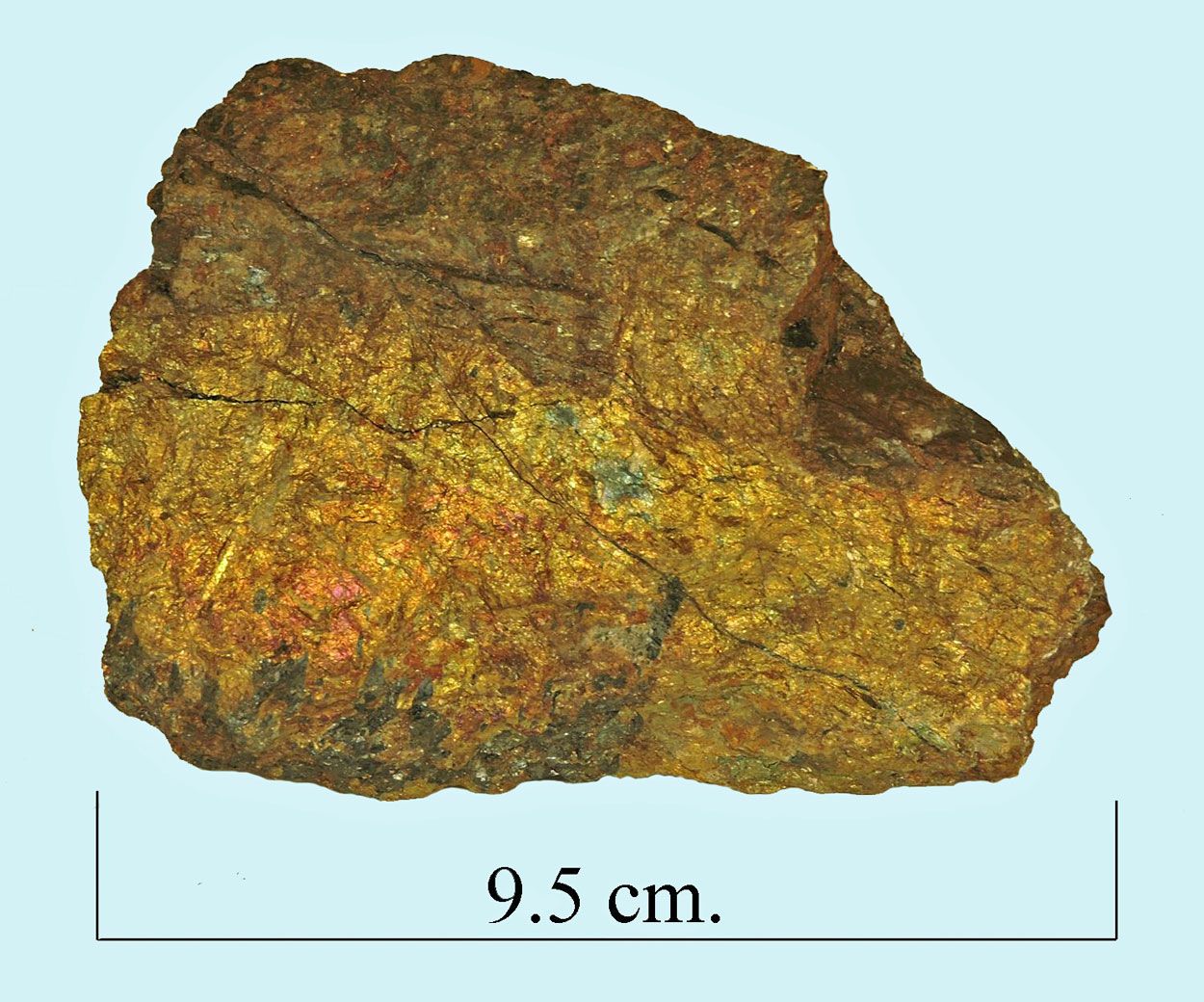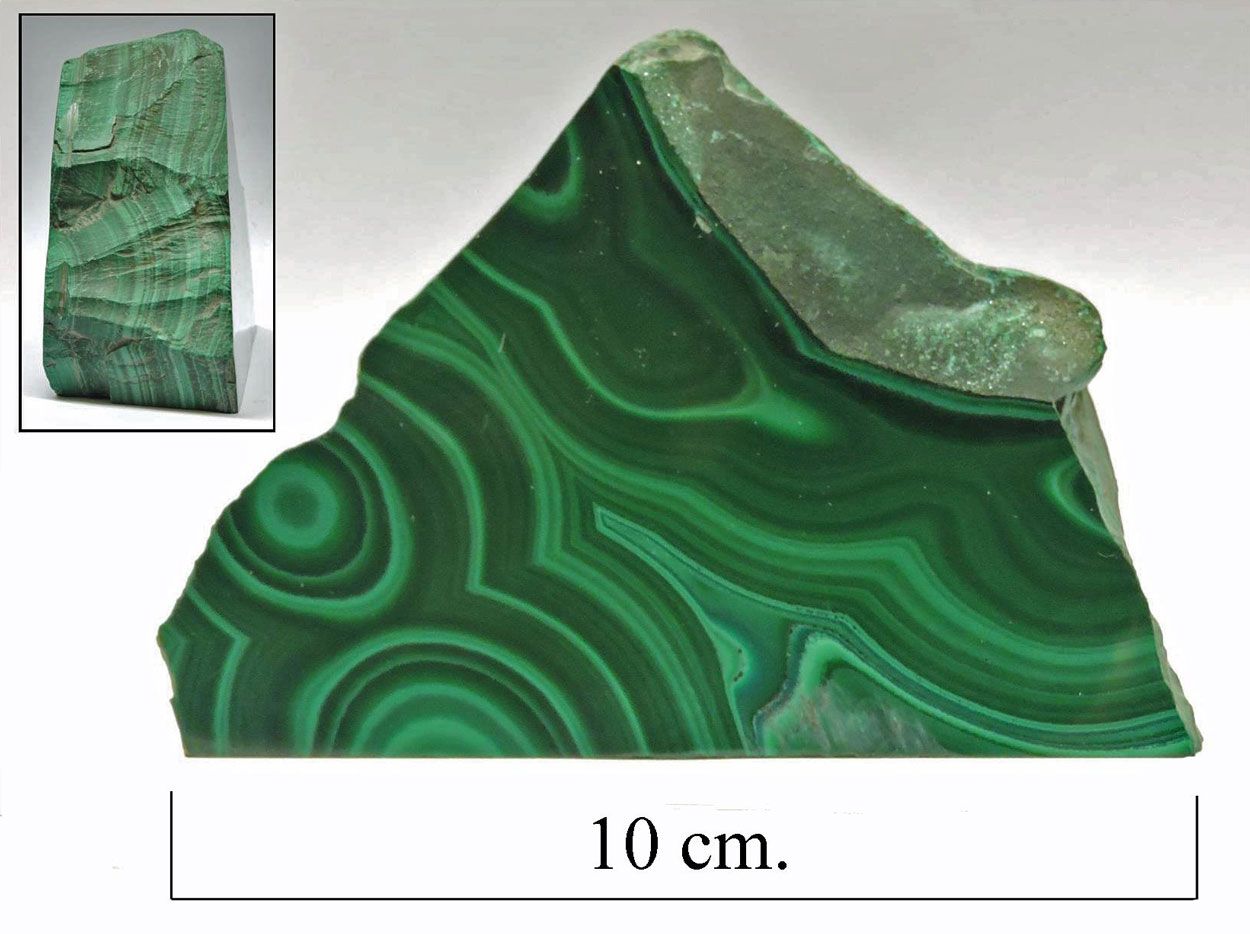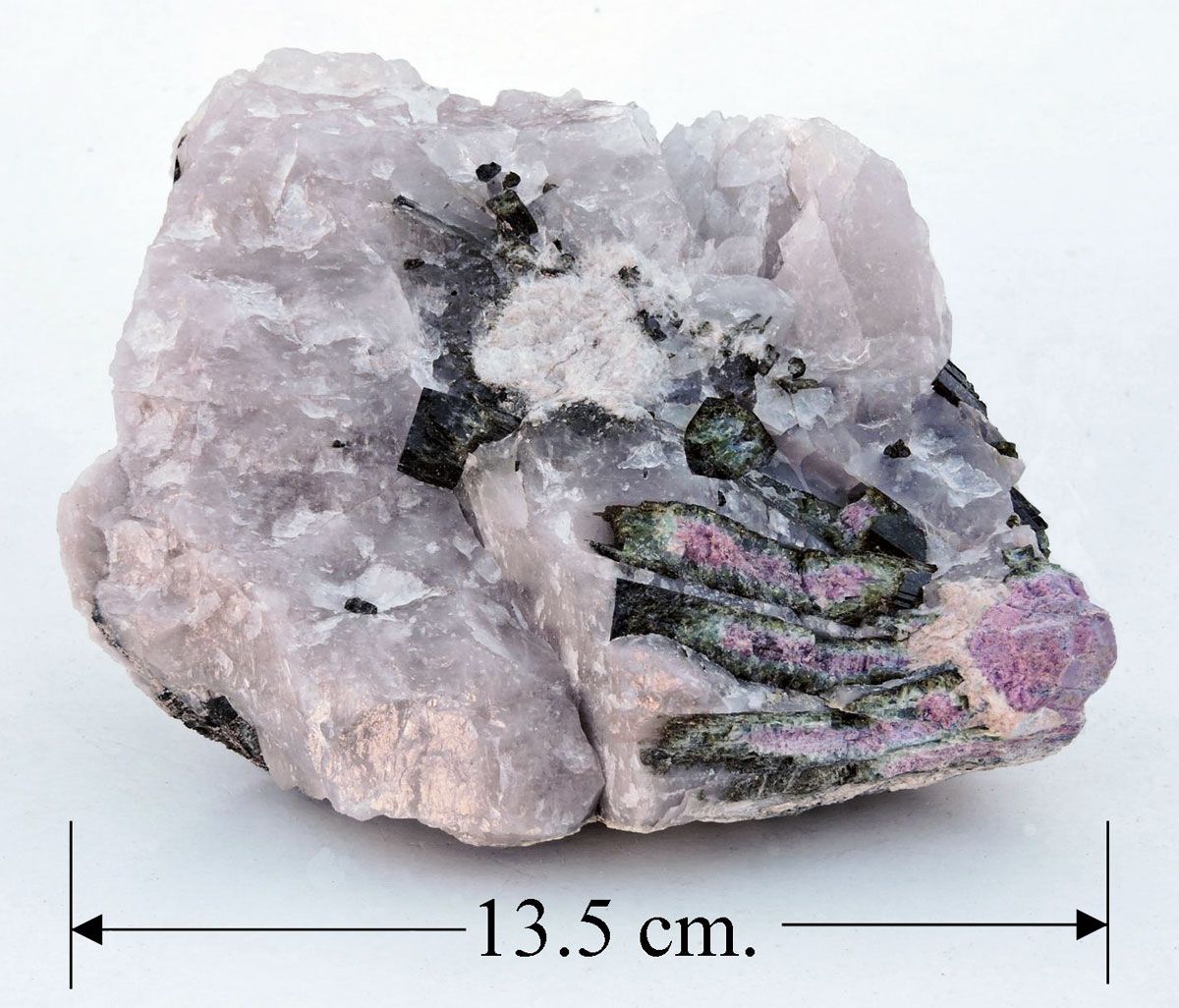
Beryl. Olary, Australia.
Beryl is a beryllium aluminium cyclosilicate with a formula of Be3Al2Si6O18 The best known varieties of beryl are emerald, aquamarine, and morganite ( pink beryl ) It occurs in many colours, yellow, black, green, pink, and colourless. Unfortunately, this specimen does not have any visible whole crystals, although there are some still completely buried in the feldspar matrix. The visible broken crystals do have some interest, in that the hexagonal end terminations are black as are the outer surfaces, while the exposed interiors are pink. which would not have been obvious, but for the damage. The specimen was collected by our club co-founder, Jim Nicholls, from the Triple Chance mine, in Olary, Australia.
